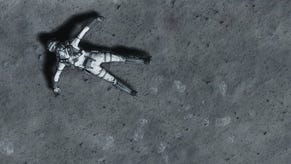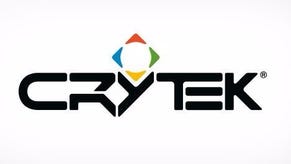Face-Off: Crysis 2
Suit to kill.
First up, lighting. One of the core enhancements that CryEngine 3 has over the older tech that powered the original Crysis titles is the implementation of real-time global illumination. Level editors are able to change the make-up of the lighting in each level instantly, as opposed to implementing time-consuming offline calculations that "bake in" light and shadow. Additionally, the creators can also tweak colour levels, grading each individual scene in a similar fashion to the way that movie footage gets re-balanced during post-production.
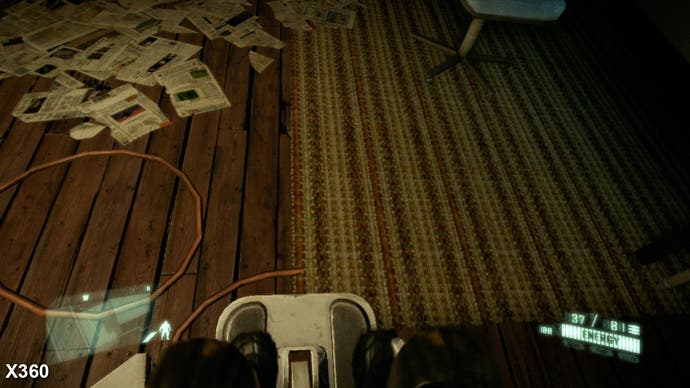
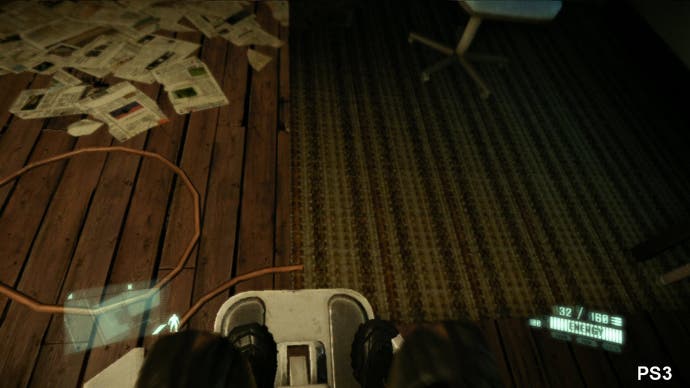
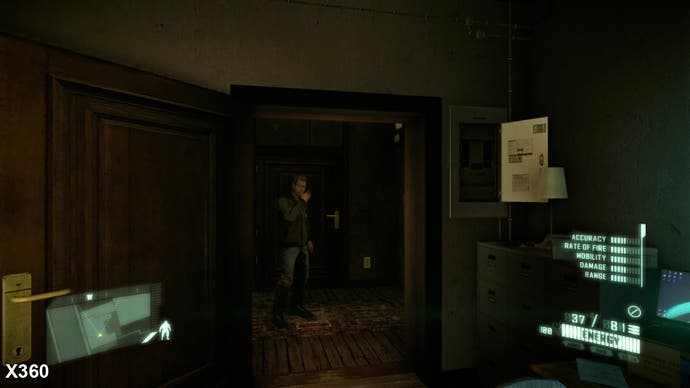
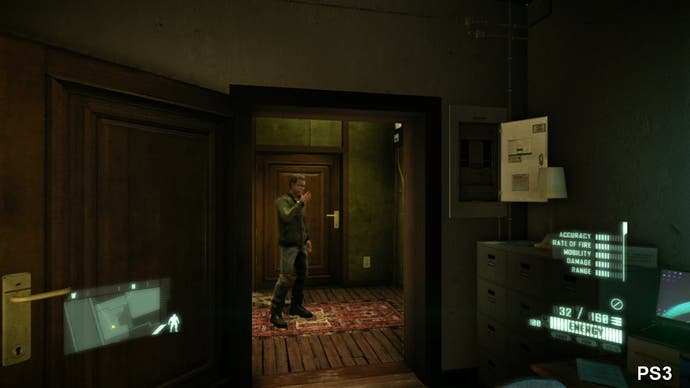
By and large, the look of the game is entirely consistent between both Xbox 360 and PlayStation 3 versions. However, there do appear to be some isolated instances where lighting appears bugged or flawed in the PS3 version, as the brace of shots above demonstrates.
The implementation of shadow on the two versions also exhibits some interesting, though minor, differences. Again, there seems to be an off-set issue on the PS3 version which occasionally sees sections of some shadows disappear back the artwork (something we saw on the Xbox 360 of Final Fantasy XIII), however, close up, it's clear that shadows are somewhat more blocky and unattractive on the Microsoft console.
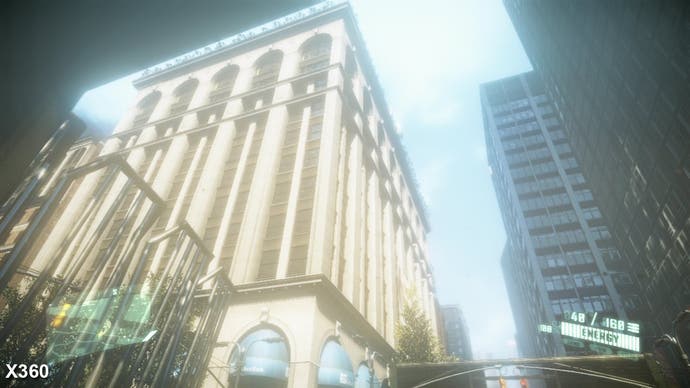
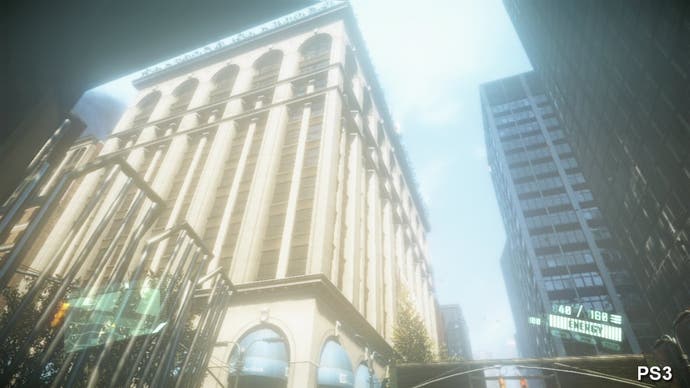


The issue of performance is where the console versions of Crysis 2 prove to be most controversial, especially bearing in mind the claims of Crytek's Cevat Yerli, on the record as stating that there is "nothing below" 30 frames per second. All of the previous CryEngine 3 tech demos have sported patchy performance when real-time 360 or PS3 video has been demonstrated, and bearing in mind that very, very few games actually sustain 30FPS, the thought of a game as technologically advanced as Crysis 2 doing so - and on both HD consoles to boot - seems quite far-fetched.
In fairness, our analysis of the Xbox 360 multiplayer demo suggested that Yerli's claims were fairly close to the money. Unfortunately, spot checks of the single-player footage Crytek released a few weeks ago seemed to indicate that both PS3 and Xbox 360 versions of the game had some very notable issues in maintaining frame-rate.
So let's kick off with an engine analysis. We're lucky that Crysis 2 powers most of its cinematics using the CE3 engine (and on a related note, the FMV sequences have some of the worst video quality we've seen in a long time - and they're the same on both consoles). This allows us to compare the game in an almost completely identical, like-for-like manner. We're also fortunate in that many of these scenes also take place in gameplay environments, as opposed to bespoke stages designed just for the cut-scenes.
Crysis 2 operates with v-sync on both platforms and also seems to run with an uncapped frame-rate, though the game rarely exceeds Yerli's target 30 frames per second, certainly not with any degree of consistency. Interestingly, similar to Halo: Reach and Dragon Age: Origins, we do see the odd tear at the very top of the screen on the Xbox 360 version, but this is basically invisible during gameplay.
Performance is variable but in the majority of the scenes we do see an advantage to the Microsoft console. While frame-rate analysis comprehensively disproves the "nothing below" 30FPS claims, what we see here isn't really that different to what we see on many v-synced console titles. The difference is that we have CryEngine 3 powering the visuals here, providing a superb level of visual quality.
The increased performance and resolution indicates that the Xbox 360 is the preferred platform for Crysis 2, but in the heat of actual gameplay, this difference appears to evaporate. Put simply, on certain stages, frame-rate varies rather drastically to the point where the game can feel almost unplayable. Thankfully these areas don't account for the majority of the gameplay by any stretch of the imagination, but it does ask serious questions about the stability of the engine - or Crytek's own optimisation procedures.
While the engine analysis based on like-for-like footage suggests an advantage to the Xbox 360 version of Crysis 2, as we can see in these extensive tests, performance can be very, very variable and the small variations in frame-rate we see previously give way to some much bigger differences, depending on the level of action on-screen. The unavoidable conclusion we came to is that when frame-rate does crash in those affected areas, it's actually Crysis 2 on PS3 that holds up better.
Other performance claims to issue forth from Crytek have concerned its "magic" 3D technology that sees stereoscopic support added to the game with only a negligible hit on the frame-rate. Presentations from the developer suggest that it is using the process of reprojection to take one 2D image and extrapolate out another image for the second eye based on information culled from the depth buffer.



